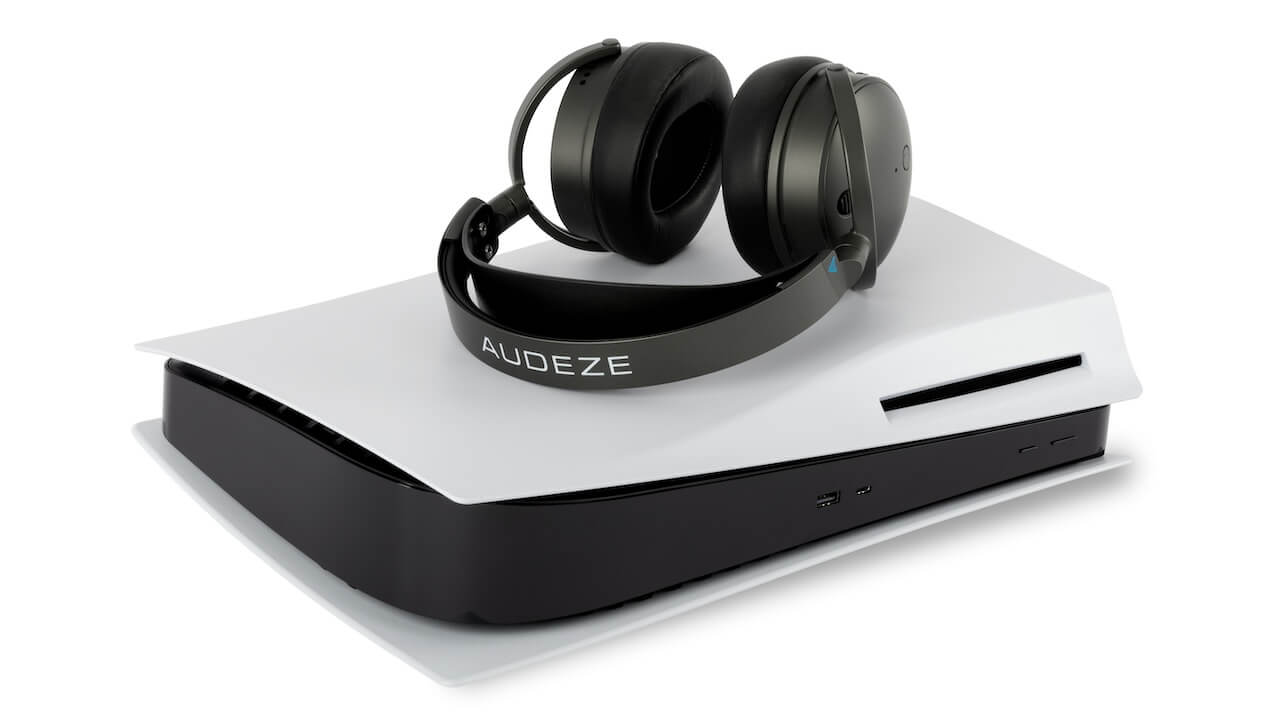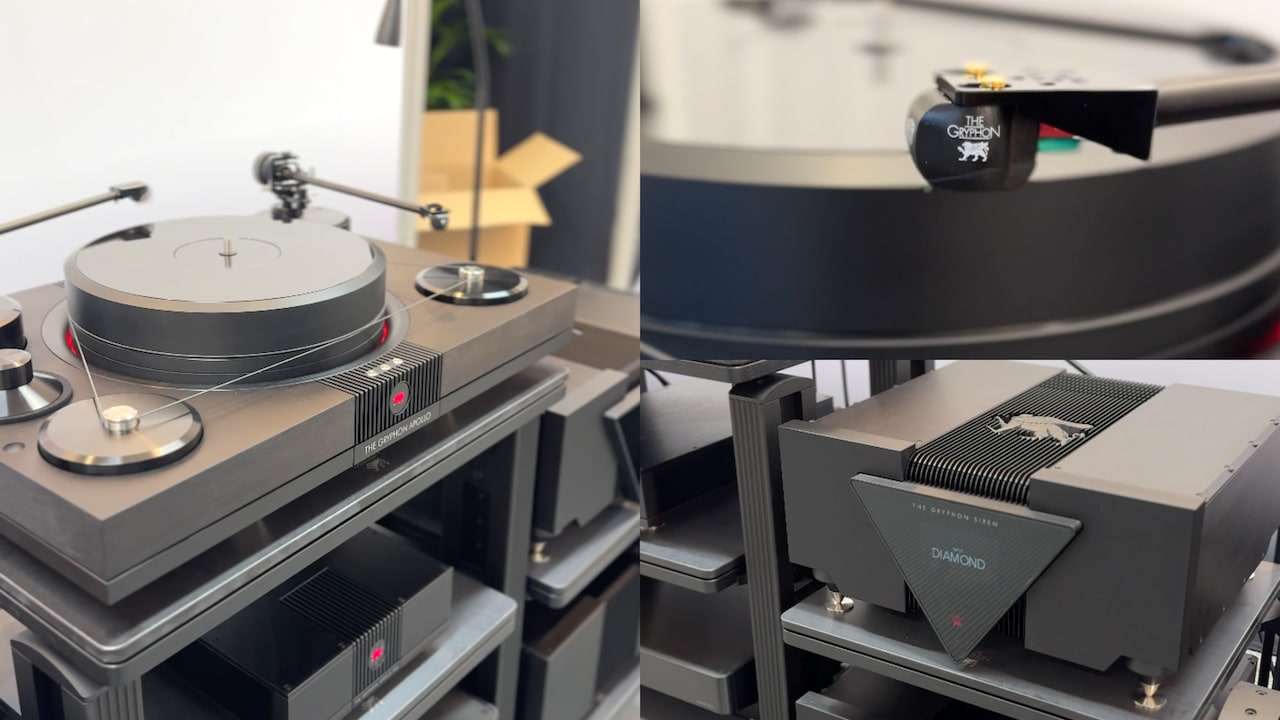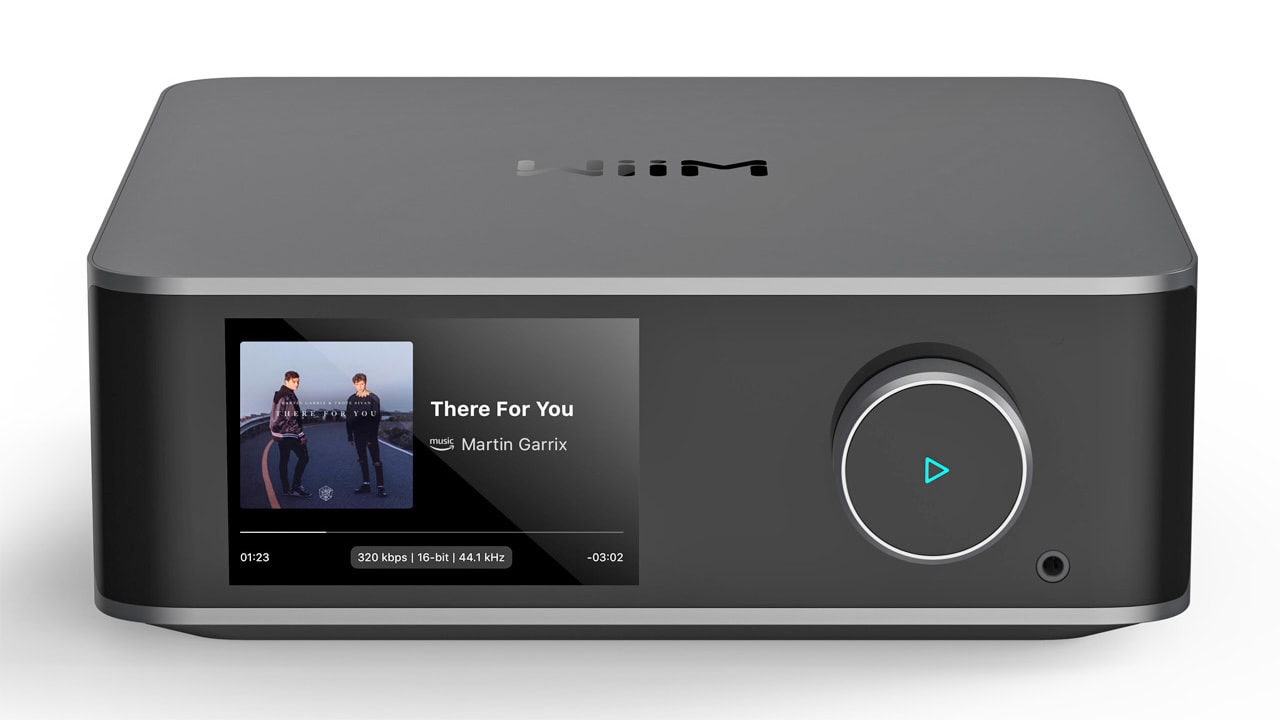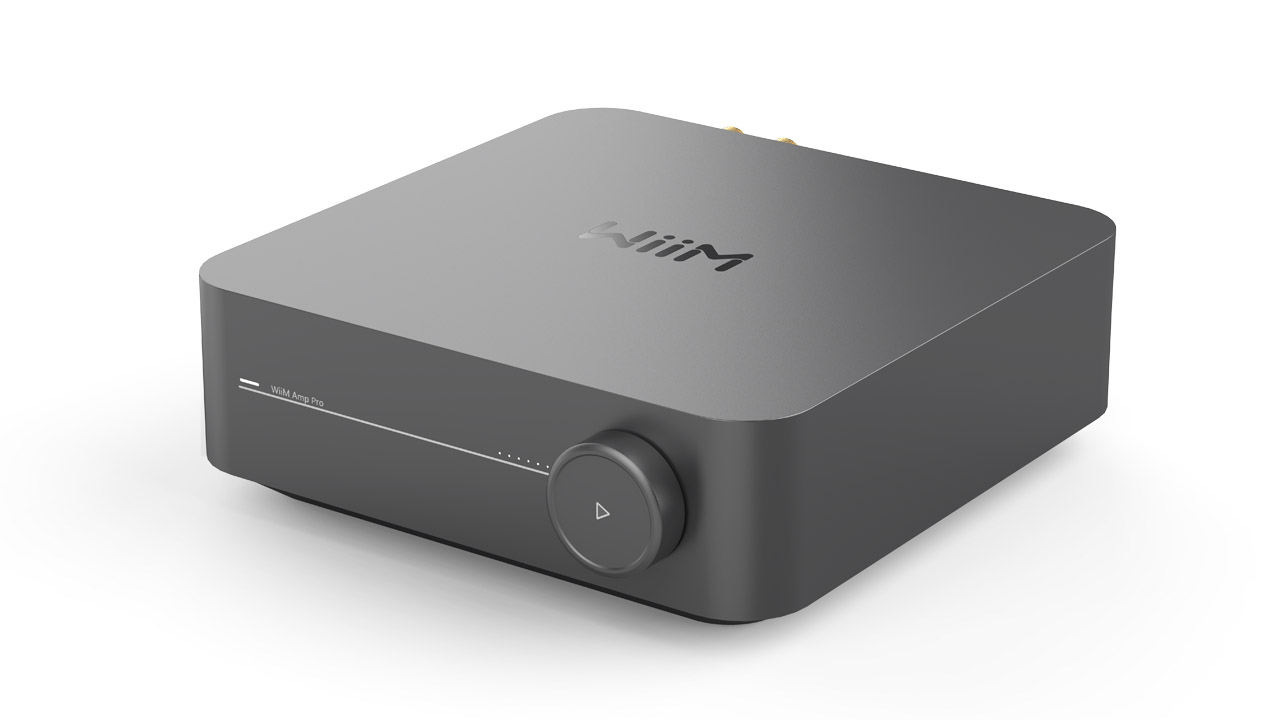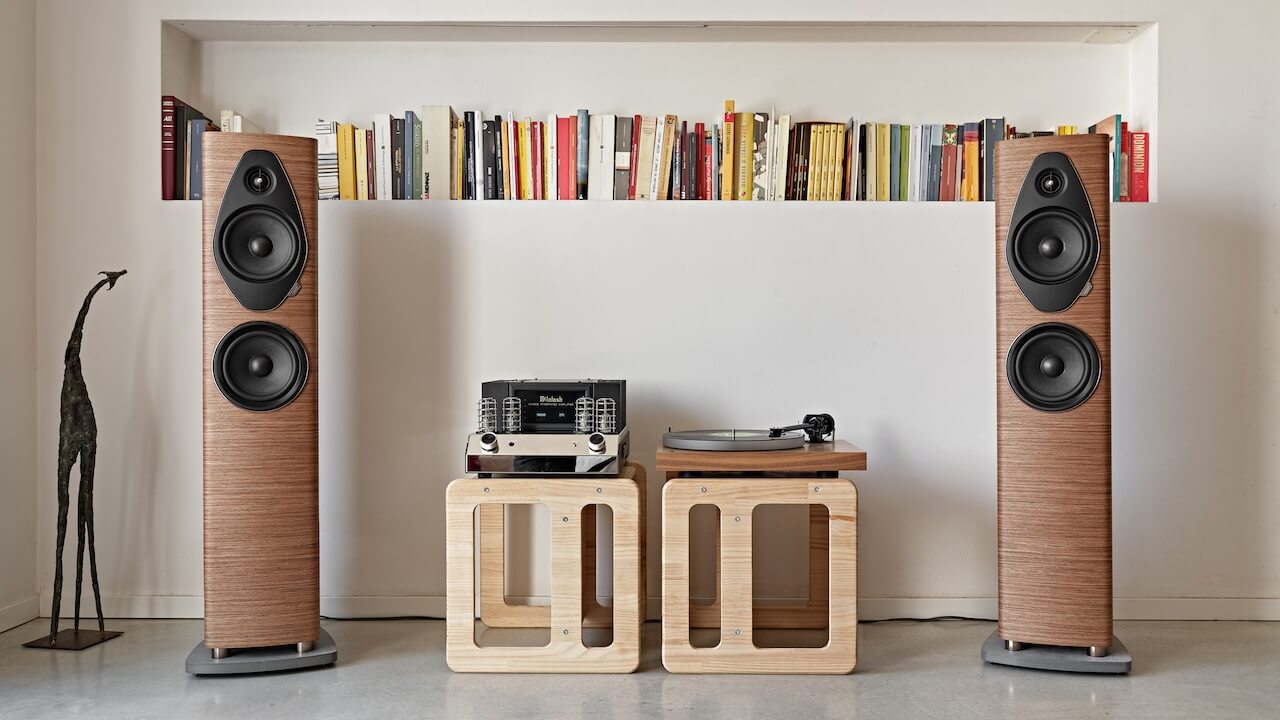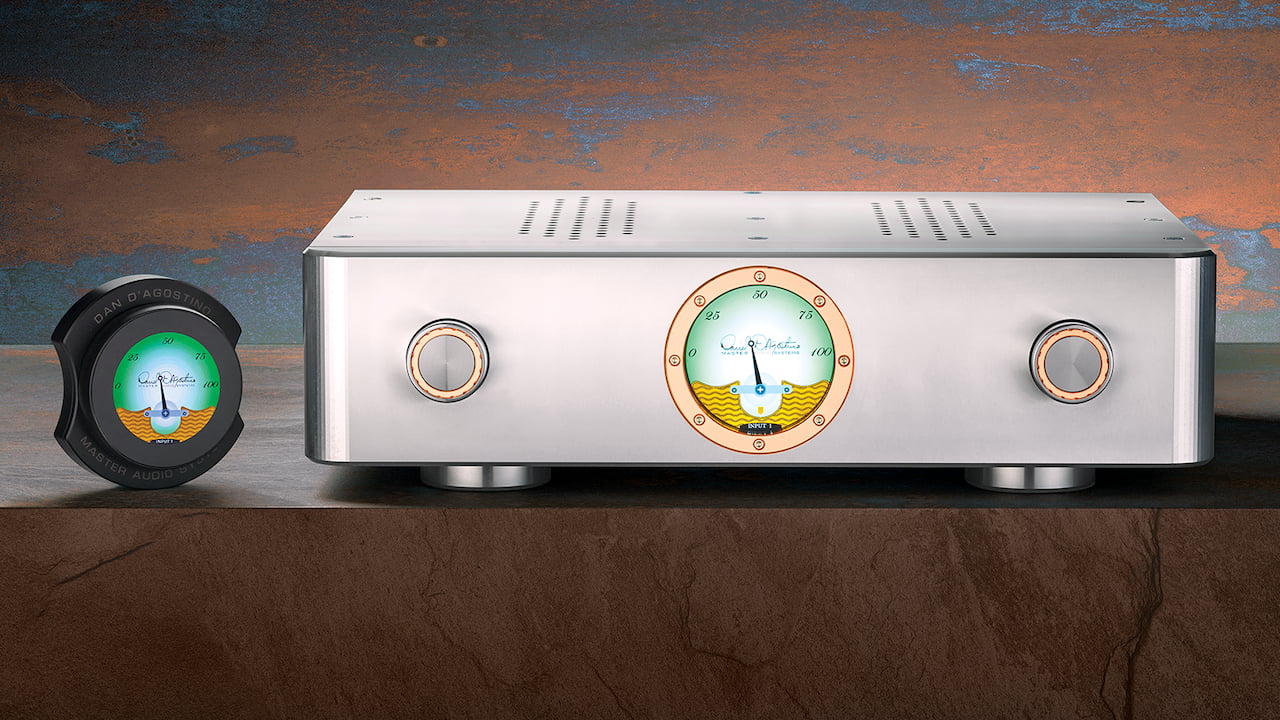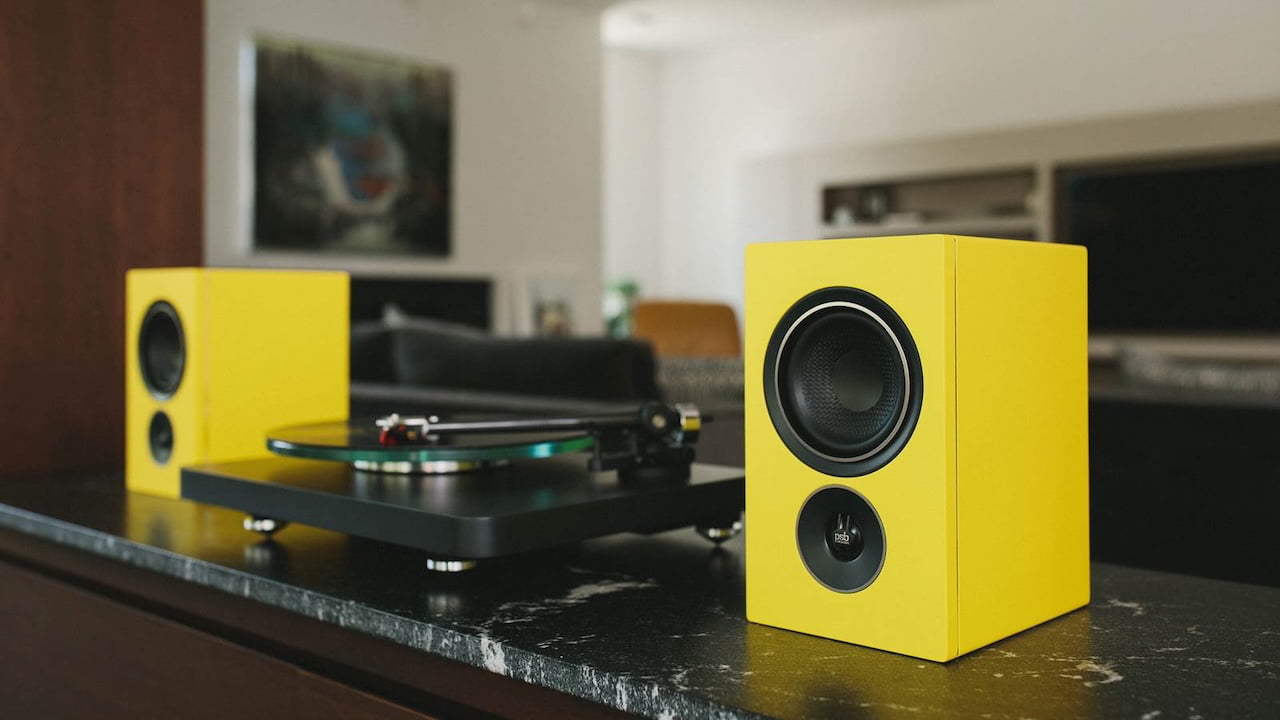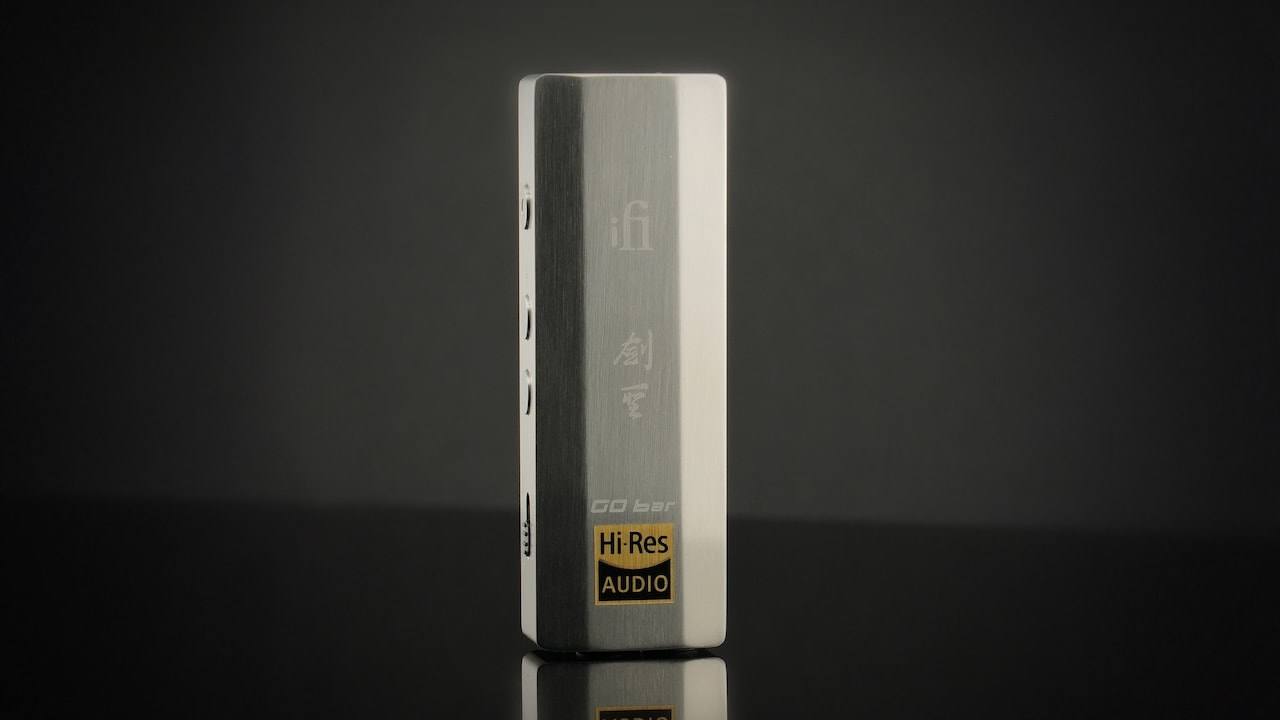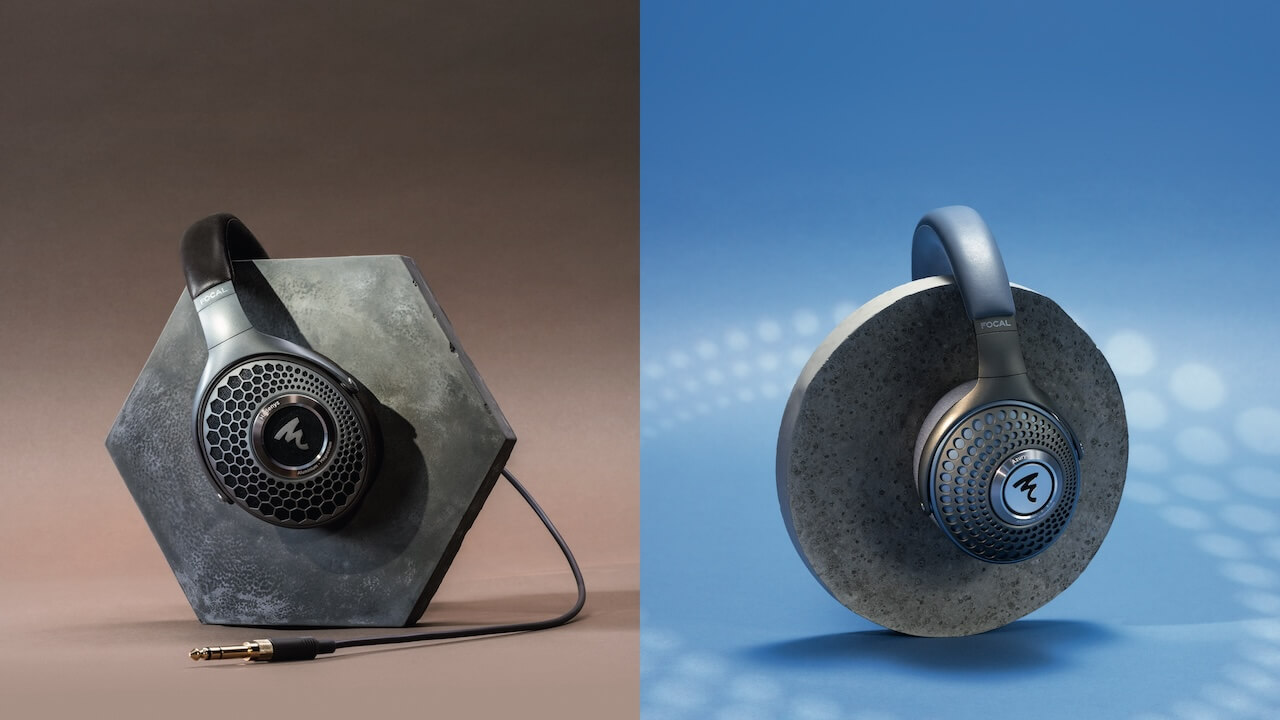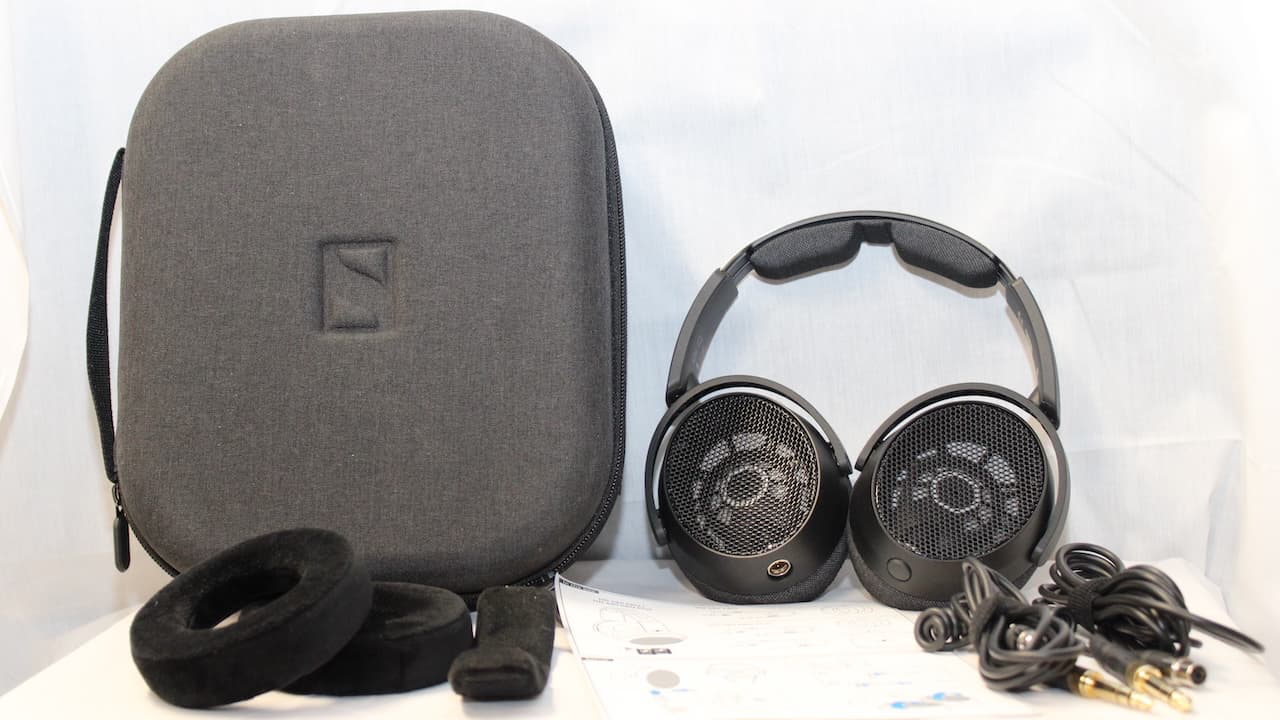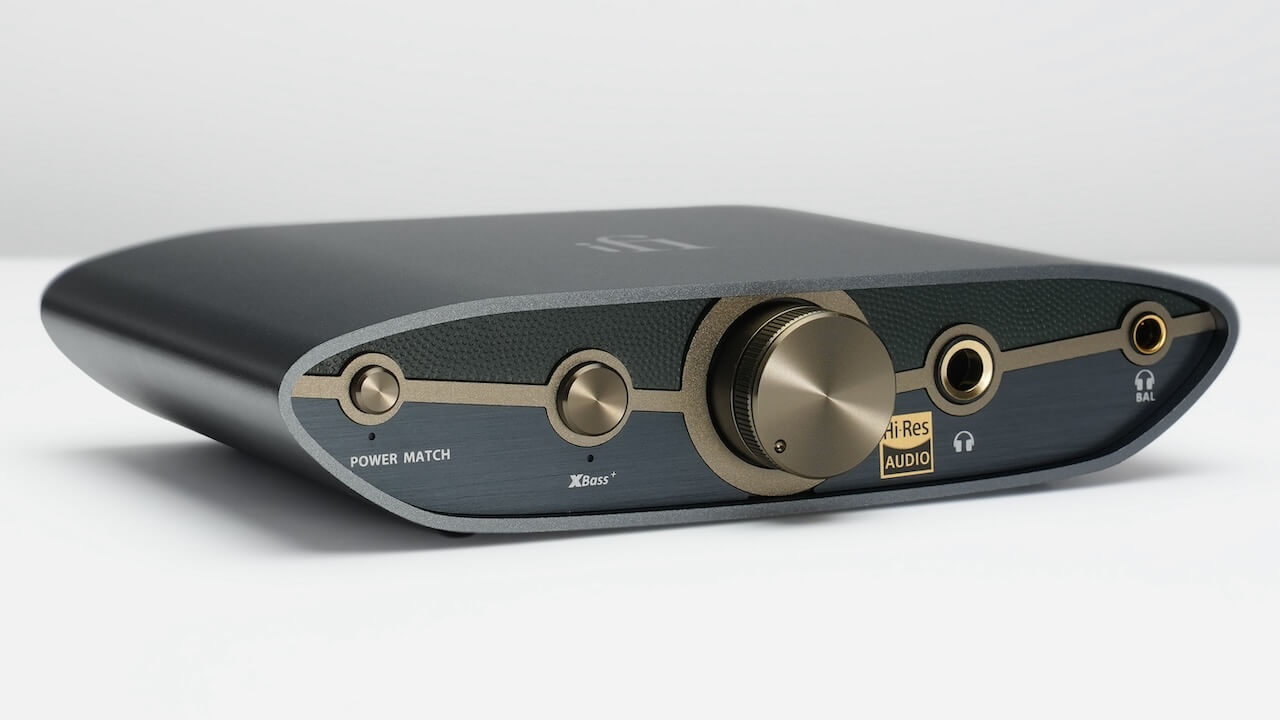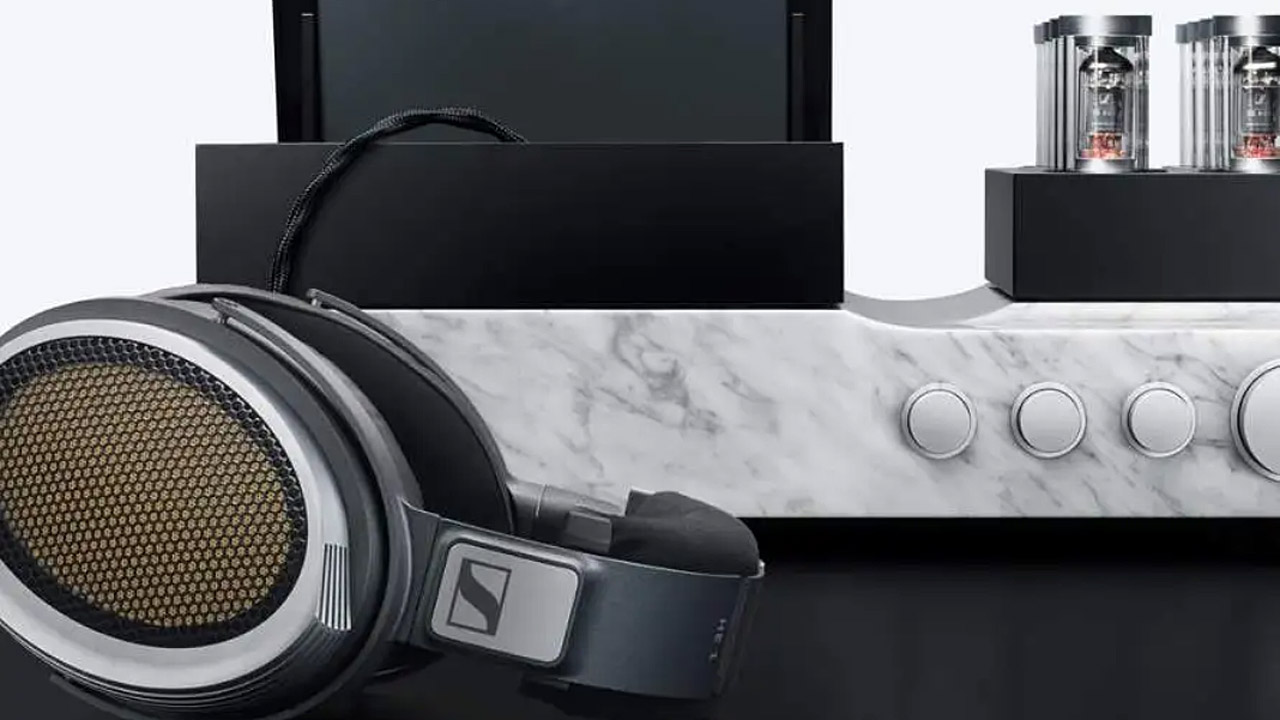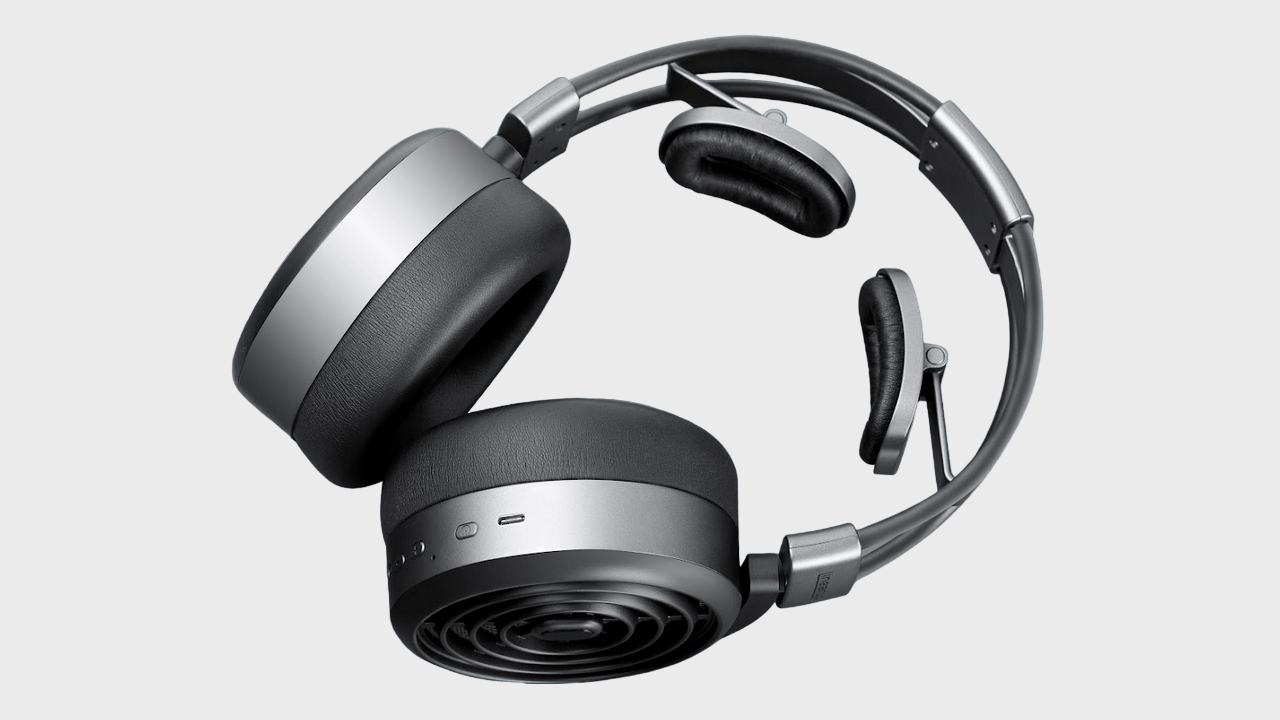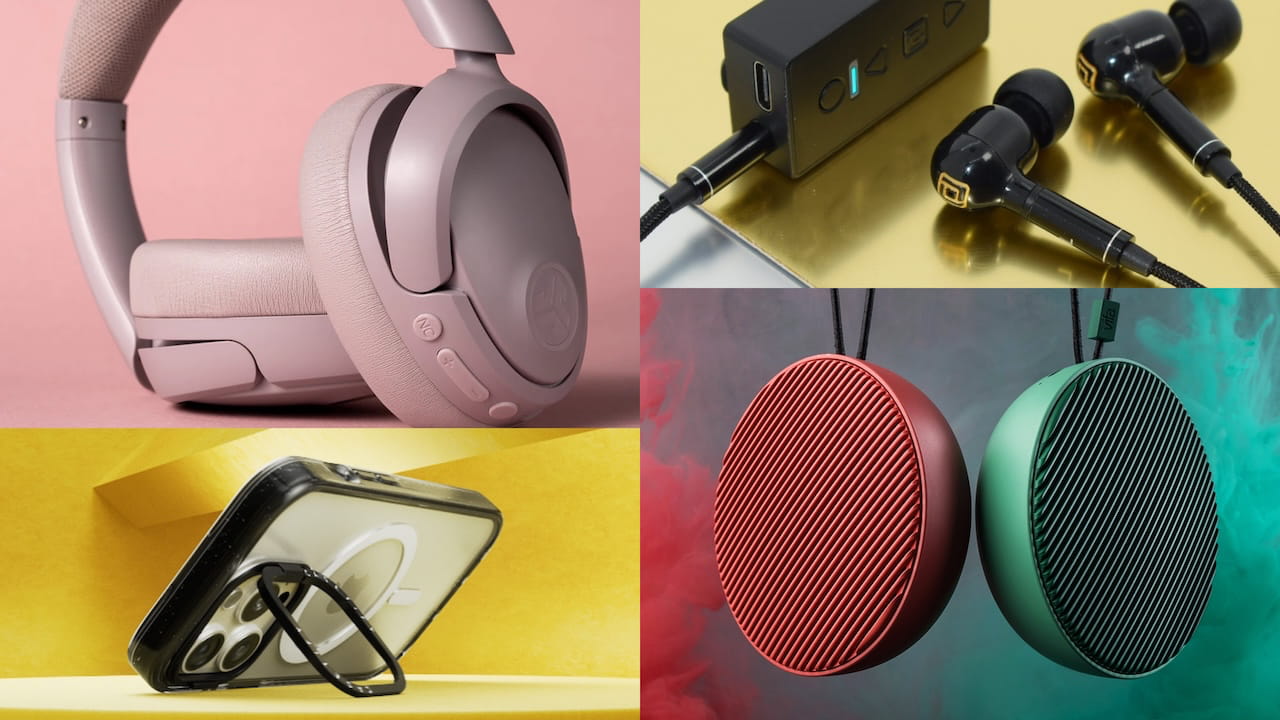When Sony acquired Audeze earlier this year, more than a few eyebrows were raised wondering why the Japanese electronics giant would acquire a niche, high-end headphone brand based out of California.
The simple answer is that Audeze’s decision a few years ago to start engineering and selling gaming headsets was a stroke of genius.
Not only did gaming headsets become 40% of its annual sales, but it dramatically widened the base of younger consumers who had heard of the brand.
Branding, which has never been one of the strengths of the high-end audio category, matters enormously to younger consumers who use platforms like TikTok and Instagram for buying research.
If the gaming community has never heard of your headphones — you might have a problem long-term.
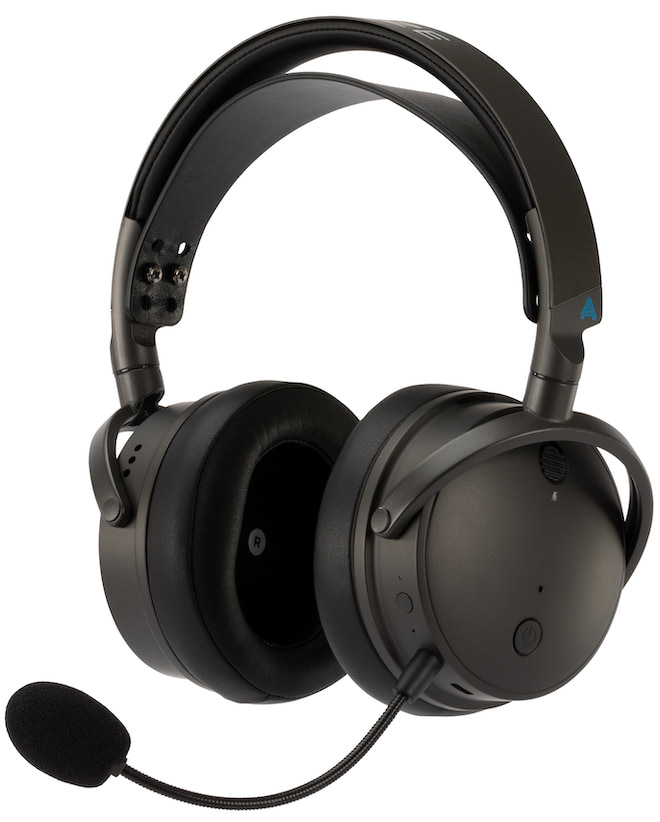
Audeze’s Maxwell Gaming Headphones might be targeted at the gaming community, but don’t let the “gaming” term fool you — these are extremely capable audiophile headphones for only $299.
The Maxwell are closed-back wireless headphones featuring trickle-down technology from the company’s $1,000+ audiophile lineup.
The headphones combine planar magnetic drivers, noise cancelling microphone technology from the Filter, head-tracking from the Mobius, a USB dongle from the Penrose, and proprietary DSP (digital signal processing).
To say there is a lot to unbox is an understatement, and when you consider there are really two distinct versions of the Maxwell with differing software, there is even more to cover.
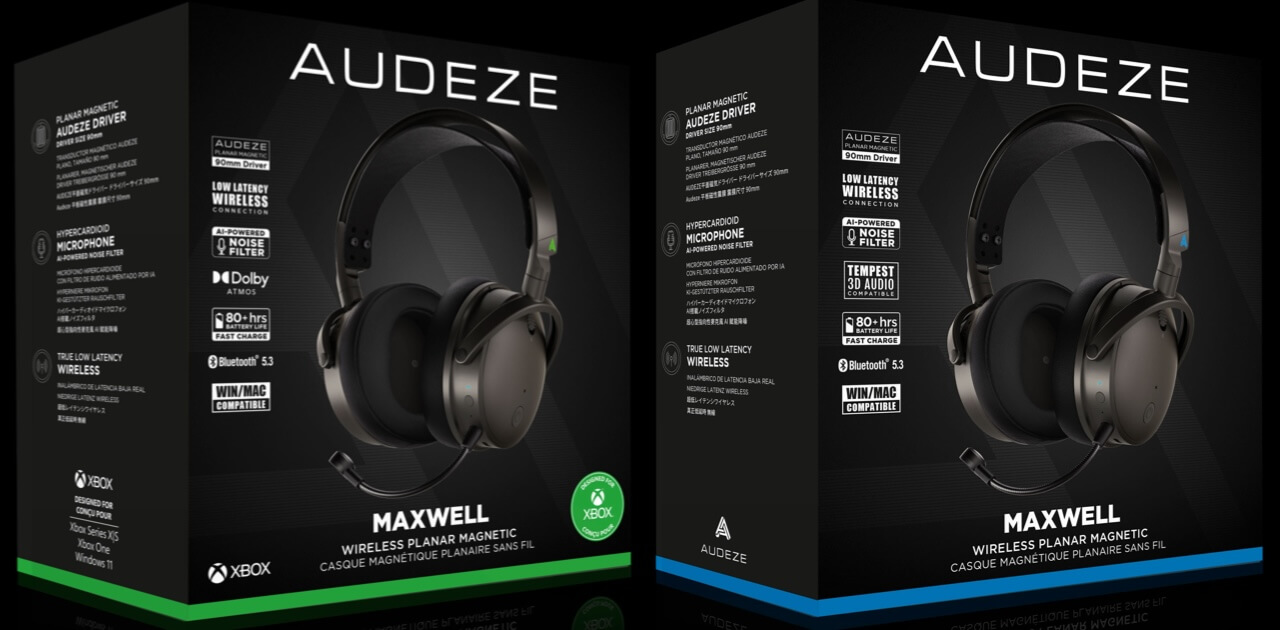
Unboxing
The Maxwell ships with the headphones, USB-C dongle, USB-C cable, 3.5mm cable, boom mic, pop filter, USB-C to USB-A adapter, and quick start guide.
There is a version designed for Sony PlayStation that has a blue stripe across the bottom of the box, while the Xbox version has a green stripe.
Although I received the Playstation version for this review, it can still be connected to the Xbox via the 3.5mm wired input. The main difference between the models is the PlayStation model only supports Tempest 3D for spatial audio processing, while the Xbox version gets Dolby Atmos support.
Both versions support Android, iOS, and Windows, which means Maxwell works with both mobile and PC gaming. If you’re primarily a PC gamer or want to listen to Dolby Atmos music, we suggest getting the Xbox version because it’s the one that supports Dolby Atmos.
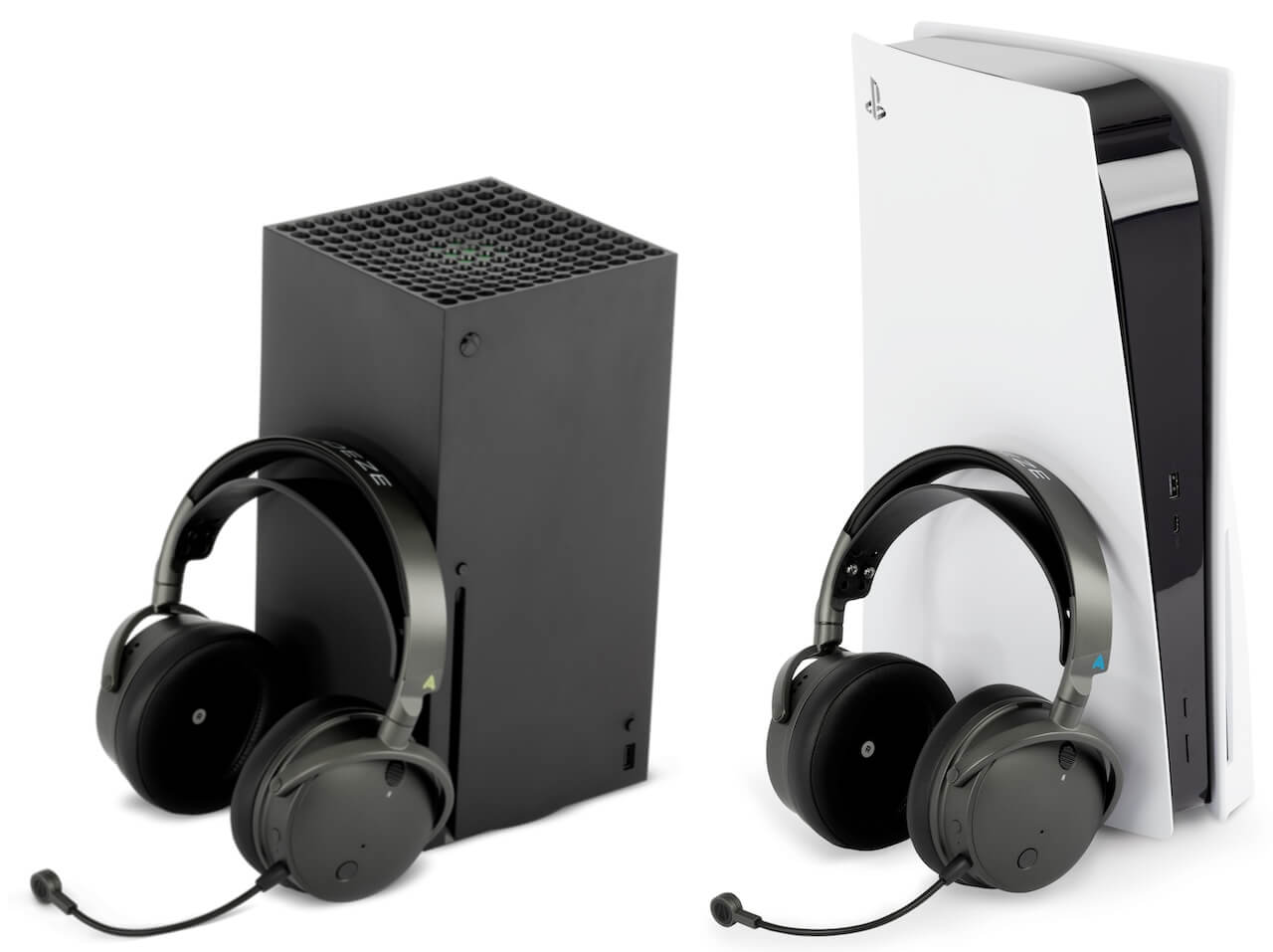
Design & Comfort
At just over a pound (490 grams), the Maxwell is on the heavier side, but still feels reasonably comfortable, even for this glasses wearer. It has a leather lined padded spring steel headband with reinforced aluminum gimbals and metal cups.
An inner leather suspension headband evens out the weight over your ears. Three two-hole screw positions on each side tighten or loosen the fit, which also makes the inner headband removable.
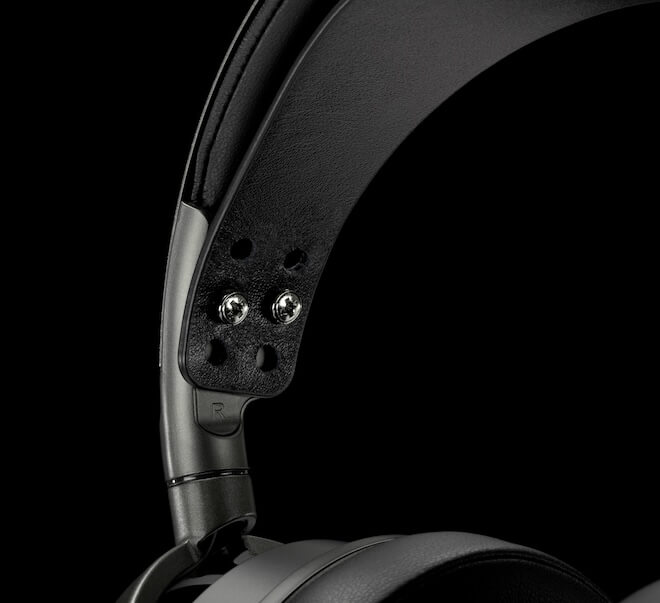
Because of this feature, adjusting for fit on the fly can be a bit clunky if the headphones are swapped frequently between family and friends.
The earcups are mid-sized with an outer metal frame. Polymer materials are used for the rear face and the internal structure. The cups rotate just over 90° on the vertical axis allowing them to lay flat and about 15° past center on the horizontal axis in both directions to allow for a comfortable fit.
Controls and ports are of the left side. The outer face of the left cup has the power button (which doubles as the pairing control) and a physical on/off switch for the mic while the outer ring has (front to back) ANC control, mic port, USB-C port, 3.5mm port, game chat volume wheel, and the overall volume wheel.
Both wheels also support press functions with the chat wheel adjusting side-tone and the main volume adjusting EQ presets or moving between previous and next track.
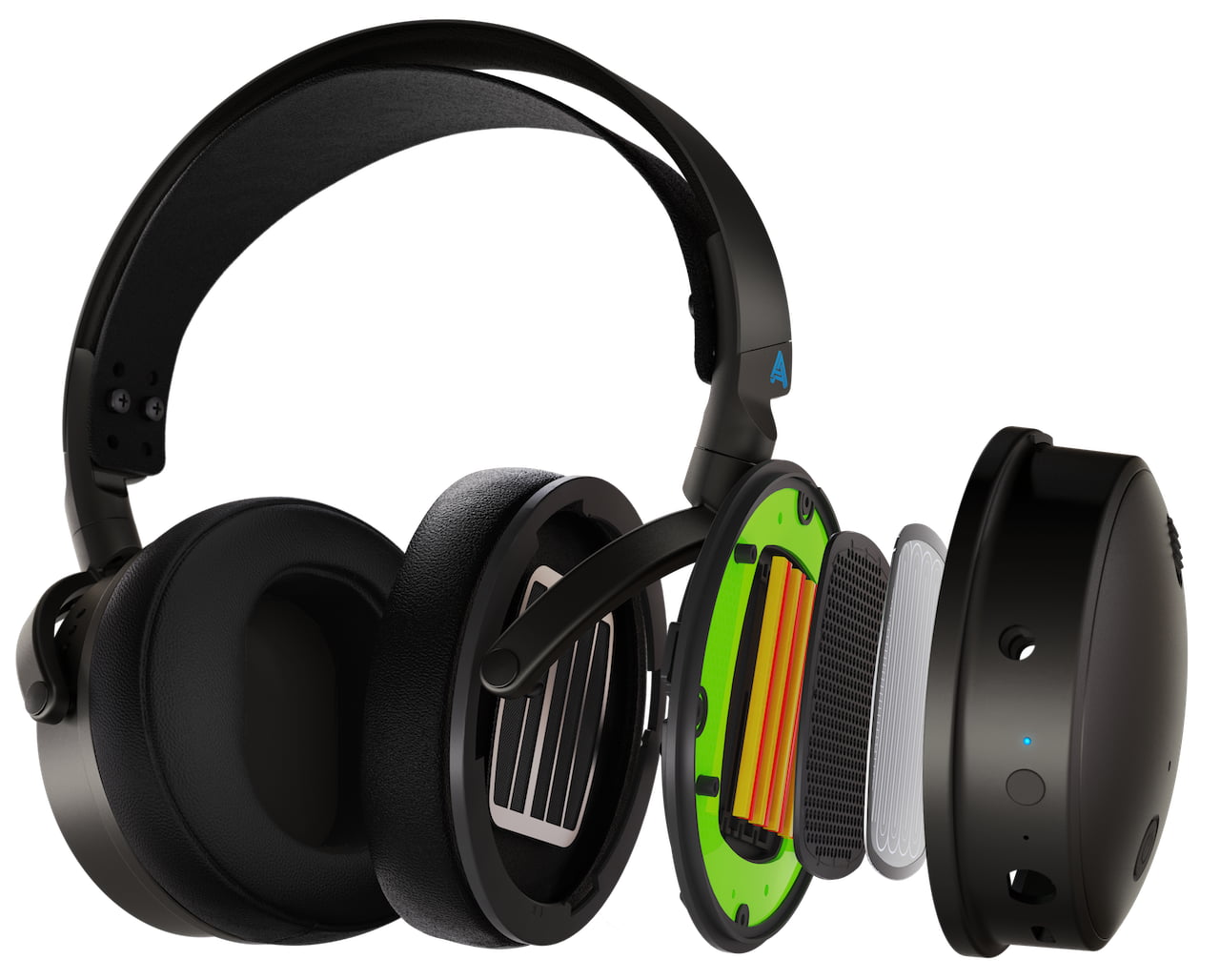
Inside the cups are a pair of 90mm planar magnetic drivers featuring uniforce voice coils, fluxor magnets, and favor waveguides (we’d have expected no less from Audeze). In addition, there’s a Bluetooth 5.3 chipset supporting LC3, LC3+, LDAC, AAC, and SBC codecs, and a lithium polymer battery.
The Maxwell also utilize a low-latency proprietary wireless protocol (using the USB dongle), and a DSP solution for noise removal, originally developed for the Filter speakerphone, that works with both the internal microphones and the boom mic.
All this is packed in a dual chamber cup designed to provide enough passive isolation to block out unwanted noises.
Connectivity
Plugging in the Maxwell is a bit more involved than one might expect as it offers many connectivity options. Users can select from Bluetooth, Audeze’s proprietary wireless via dongle, and wired USB-C and 3.5mm inputs.
Although Bluetooth will pair seamlessly in the background, how it connects will vary depending on the source device. Apple devices will connect via AAC, newer Android devices (Google Pixel 7) may use LC3 or LDAC, and windows PCs, Nintendo’s Switch, and everything else uses SBC as a fallback.

The headphones can also bypass Bluetooth to can connect to all those same devices wirelessly using the proprietary 2.4gHz RF wireless dongle (in addition to the PS4/PS5). Using a wired connection, it can connect to any source via USB-C or 3.5mm input.
Note: Even when using the 3.5mm analog cable, the Maxwell has to be powered on because the 3.5mm input does not bypass the internal amplifier. That also means using an external amplifier is not needed or recommended.
When using the USB cable mode, the built-in DAC will handle decoding of files and natively supports up to 24-bit/96kHz PCM format files. The next best option would be to connect wirelessly via the USB dongle to ensure low latency and less source dependence over Bluetooth.
Tip: The Maxwell PlayStation version will work with Xbox in wired mode. You just have to plug the 3.5mm cable into the controller and not have an issue using it as a wired headphone.
The LED on the headphone above the ANC button on the left cup gives a visual reference to how the Maxwell is connected. White indicates pairing via dongle, blue for Bluetooth, blue/white blinking is pairing mode (accessed by double tapping the power button), and blue blinking is Bluetooth waiting to establish connection.
Green and red are battery indicators with green representing a full charge, solid red showing a low battery condition, and blinking red while charging.
It is worth noting that the Maxwell can be used while charging via the USB port either by attaching a source device capable of charging the headphone (e.g. laptop) or by using a charge brick in combination with a Bluetooth or Wireless connection.
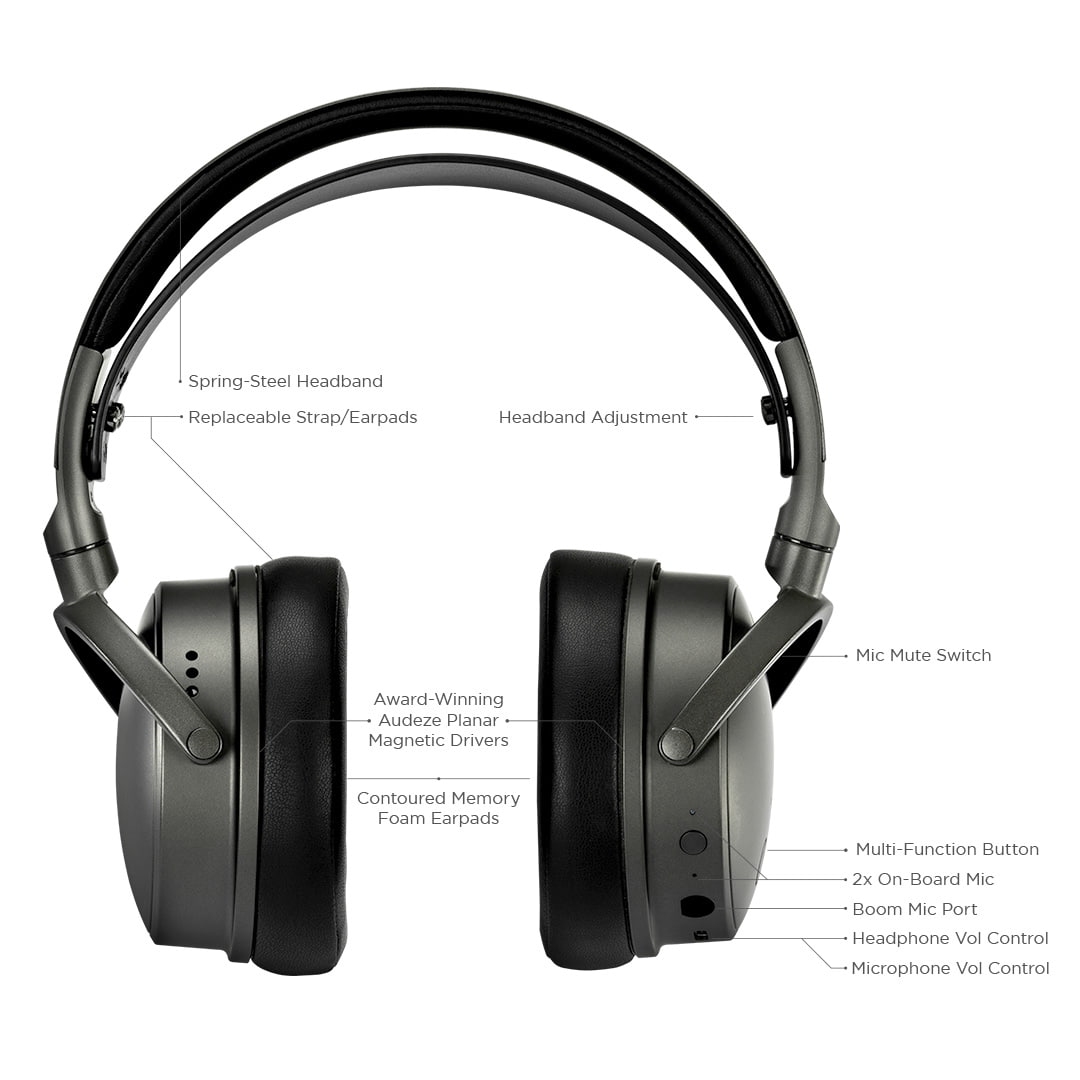
Once connected, most functions can be controlled using the onboard controls on the left cup although it does take some time to get used to the position of the dials and remembering which does what. I found myself adjusting the side-tone when trying to adjust volume more than once.
The physical mic mute button is nice as it leaves no guesswork or embarrassing mishaps due to a missed tap. It was also handy to have all the controls a touch away without need for an app.
The app is available for firmware updates, EQ adjustments, voice prompt, volume, auto-shutdown time, and volume limiting.
But these are generally things you’ll do just one time when you first set these up.
The firmware update needs a bit of extra explanation because it’s a two-part process. Both the dongle and headphone have to be updated separately, and the headphone has to be connected via wired USB to update.
The headphone may have to be re-paired to the dongle after a firmware update, so it may be wise to open the tutorial before performing the firmware update.
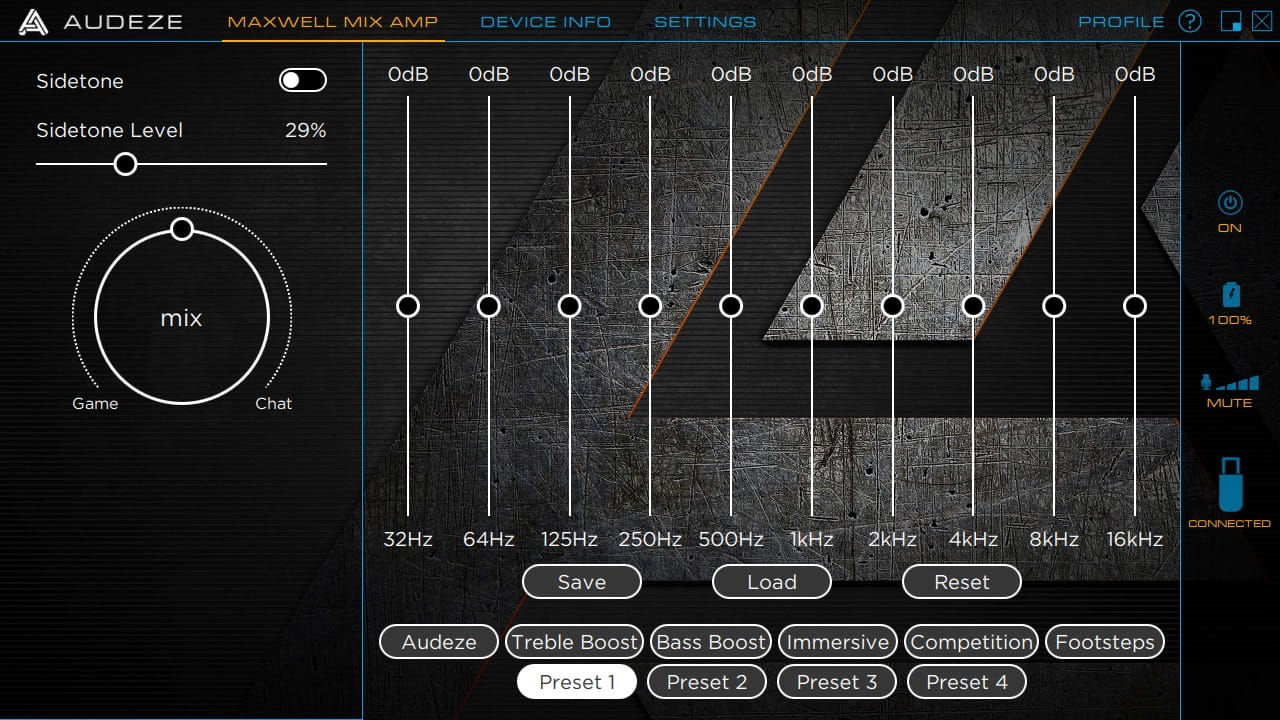
The EQ presets in the app assist with fine tuning for music and gaming. For music listeners, there are presets for “Audeze,” “Treble Boost,” “Bass Boost,” and “Immersive.”
The “Audeze” preset is the default house tuning curve. “Treble Boost” and “Bass Boost” are exactly as you would expect and “Immersive” is more or less treble and bass boost combined.
For gamers, there is a competition mode that increases mids while lowering treble so the most crucial game elements are brought to the forefront. One can also select the “Footsteps” mode for first person shooter games to better detect approaching enemies. You would be surprised how effective this mode actually is when playing specific games.
If the listener isn’t enamoured with any of the presets, there are four custom slots in the app for saving your own settings using the 10-band EQ.
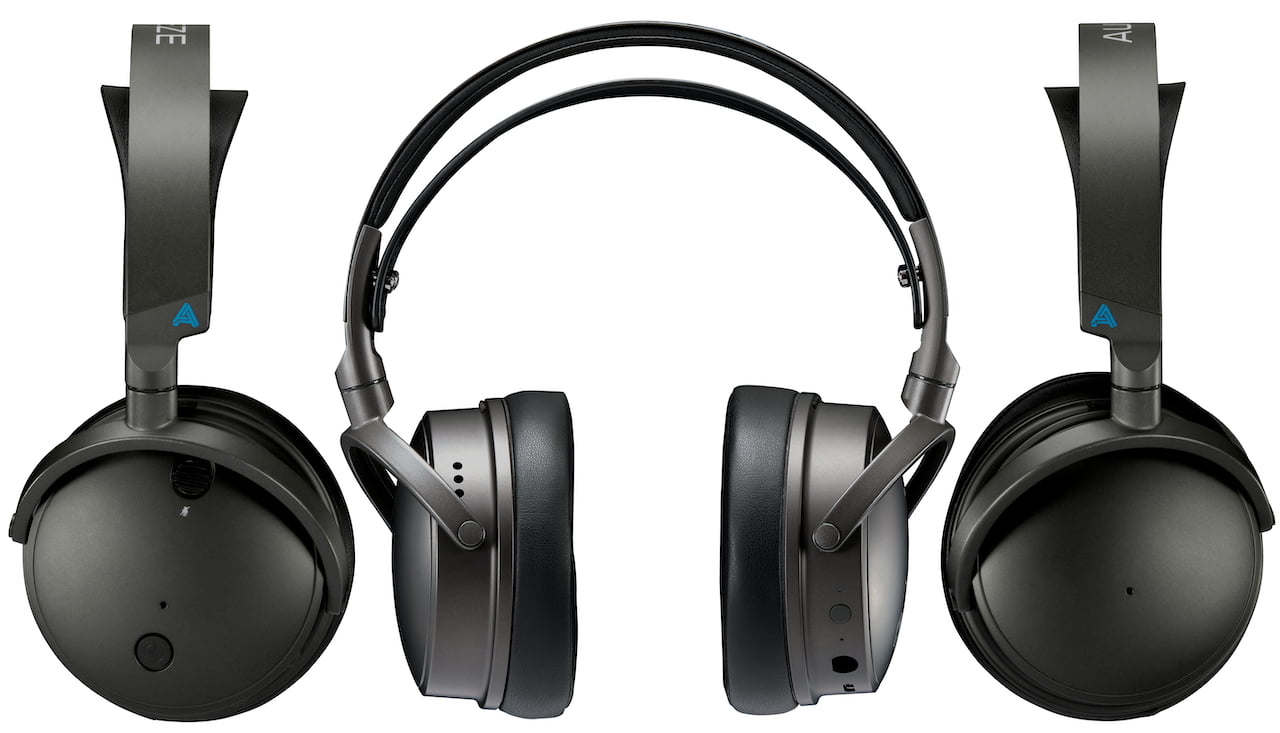
Listening
There was a time when audiophiles joked about being able to leave the sound impressions section out of gaming headphone reviews because they were all pretty horrible. But that began to change a few years ago when Audeze led the charge with the Mobius ($399) and Penrose ($299) gaming headsets, and subsequently upped the ante with the LCD-GX ($899).
Suddenly, gamers were using audiophile headphones because they wanted the sound to match the visual quality of their experience.
The Audeze Maxwell should be thought of as an audiophile headphone that has been tweaked for gaming. It sports the same house sound we expect from Audeze and those who have tried any of Audeze’s higher-end LCD headphones will certainly be able to draw parallels between it and their more expensive offerings.
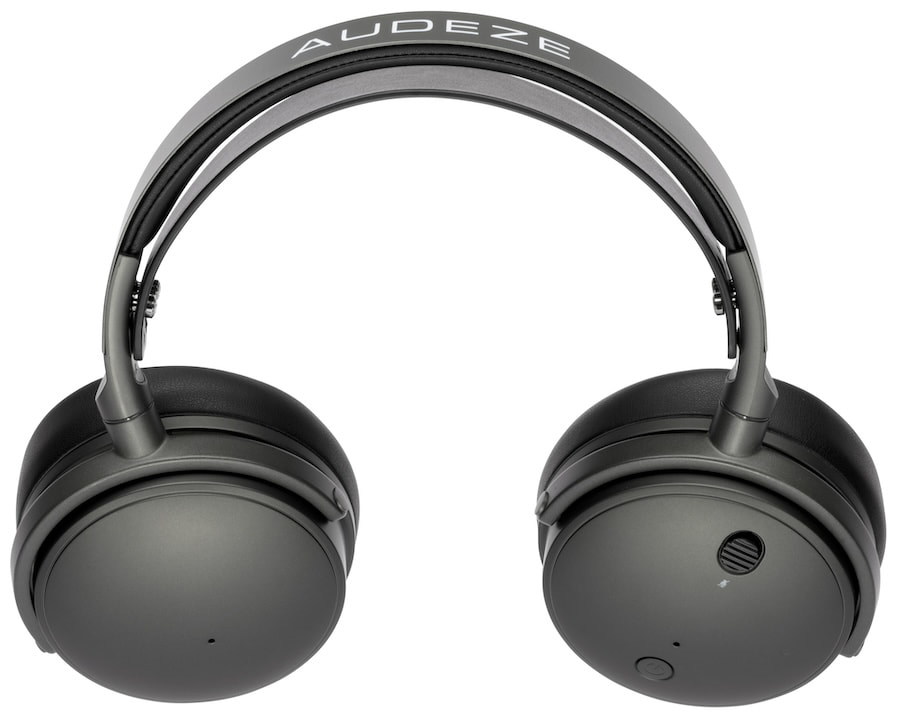
Sub-bass is present, but a touch understated in the default tuning. The mid-bass is a bit shy of neutral with an emphasis on making what is presented extremely clear without any bleed into the upper bass and lower midrange regions.
Kick drums have decent impact in the default tuning, but can be enhanced considerably using the “Bass Boost” EQ preset, which is much less aggressive and more effective than I had expected.
It brings the level of sub-bass up to a mild-V presentation rather than a particularly exaggerated thump. What is impressive are the texture and detail in the low end and how much more information one can discern in rather chaotic mixes.
There is no question that they offer better clarity than many audiophile headphones in the same price range. However, it’s important to know the default tuning is aimed at gaming to accentuate directional cues in games.
If the bass seems slightly restrained, the midrange is certainly pushed ahead of the rest of the mix to get your attention. The midrange is certainly not neutral sounding but that actually works rather well with these headphones.
Male vocals have good weight and energy and cut through the mix well. Guitars have good growl and rasp, and as we move up, strings have enough presence and texture to sound natural. The piano is so hard to reproduce correctly and to expect a $299 gaming headphone to rival its more expensive siblings in that regard would be somewhat unrealistic. The reality is that the Maxwell delivers notes with more than enough weight and clarity to be rather pleasing in that regard.
Female vocals cut through the mix well but stop short of moving to the front of their male counterparts; and this is where the Maxwell deviates from the rest of the LCD headphone lineup.
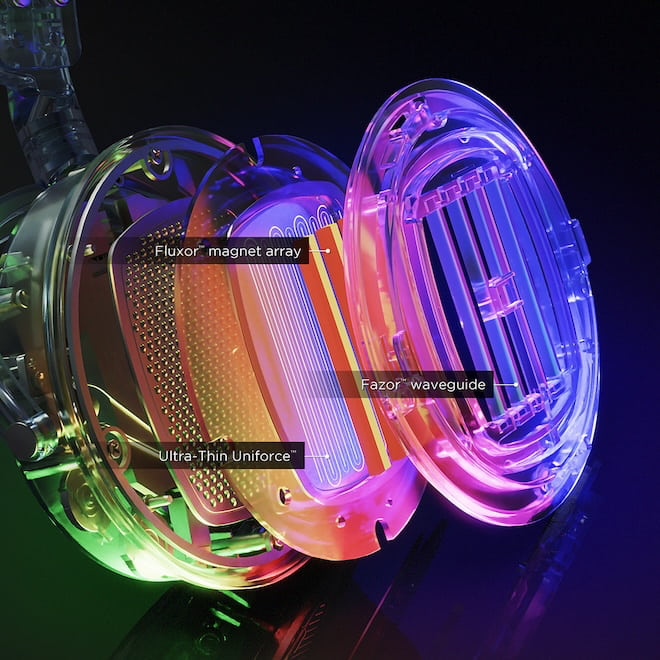
The Maxwell is warmer and lusher sounding through the midrange than even the LCD-5 ($4,500) and closest to the sound of the LCD-3 ($1,945). I have wanted a smaller, lighter version of it ever since purchasing the LCD-3 years ago (I got smaller at least) and here we are for $299.
The treble is the biggest surprise; those expecting a chaotic and hard sounding top end will be pleased to discover that Audeze has delivered a lower treble range that is mildly emphasized giving percussion good snap and cymbals a nice natural sound.
Above that there remains enough energy to be engaging and open without becoming fatiguing. The result is what I can only call a mildly bright, highly detailed listen.
What is even more impressive is that the Maxwell are a closed-back design and still manage to offer an open sounding presentation that never becomes strident during gameplay or music listening.
Could they be slightly more airy sounding? Absolutely, but for a fraction of the cost of their best headphones, the Maxwell are significantly more entertaining than the competition at the same price.
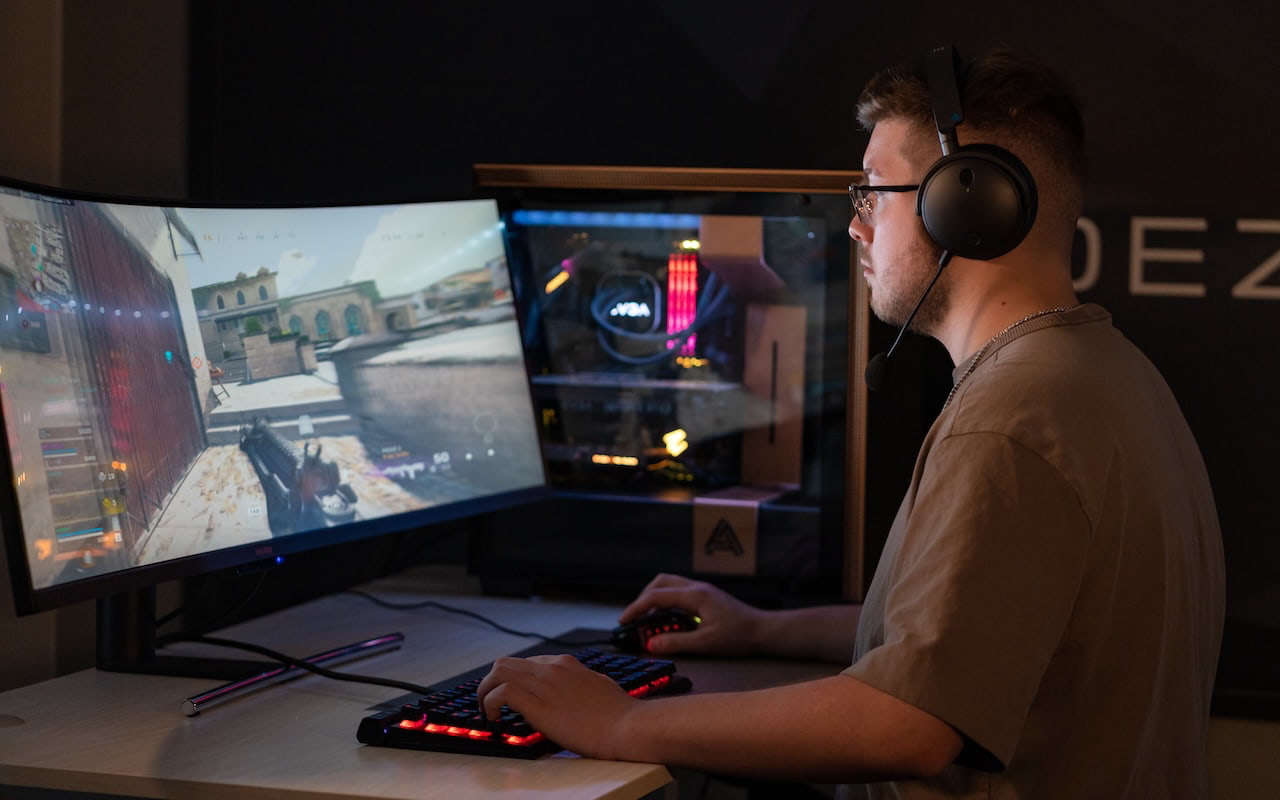
Gameplay
I’m big on proper staging and the ability to seat the orchestra as it should be is something I feel every decent headphone must be able to do. I find it distracting when sounds come from places other than where I expect them which detracts from my enjoyment of music.
For a gamer, however, the soundstage and imaging are literally a life and death matter (in the game), perhaps even the single most important characteristic.
If a footfall is off by 2 Hz, chances are it will make no difference, but if it is off by 30° from where the actual position is, then you just got shot in the back because you thought they were coming from the side.
The Maxwell does a great job of providing accurate width, depth, and height.
That it creates such a spacious presentation and very accurate imaging from a closed-back is a huge measure of its success.
Movements around the soundstage are easily tracked and positions are tightly defined in space so there is no question where a sound is coming from.
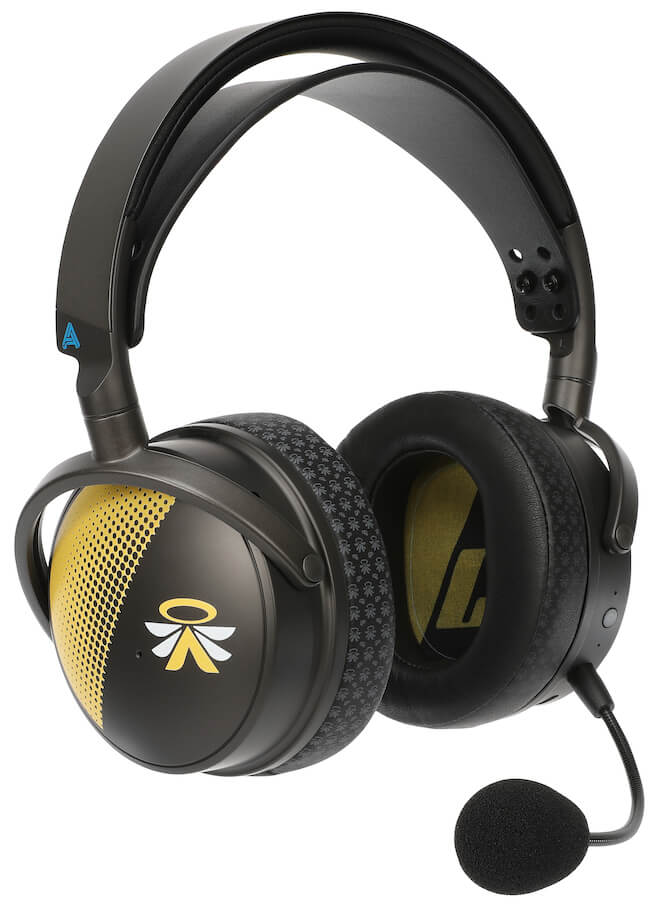
PC Gaming
PC gamers should take note of one issue related to USB Dongle connectivity. It doesn’t like to be on a USB controller with a lot else going on. For example, when I had both my fight controller and USB dongle plugged in the my laptop’s USB 2.0 ports, I could hear some breakup in cymbals and guitar rasp as if the treble was a touch lagged.
When I moved the dongle to a USB 3.1 port on a different internal controller, the issues went away. So if you hear oddities when gaming, try swapping USB ports as it seems a bit finicky about sharing resources.
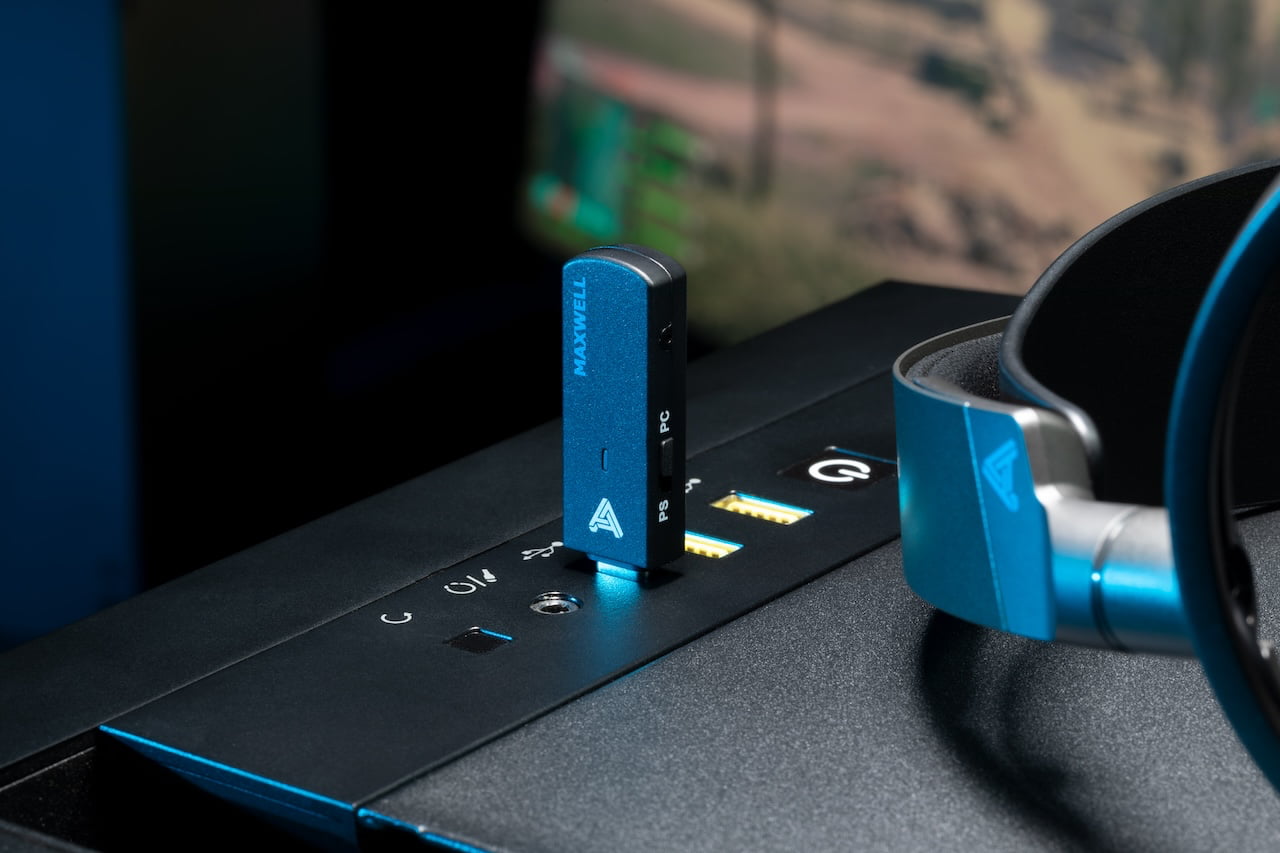
Noise reduction
With no ANC to remove outside noises, it is reasonable to assume that some noise does filter through. However, Maxwell’s passive design and tight clamping force does a good job of excluding all but the loudest external sounds. I had no trouble blocking out the TV, children, or the vacuum cleaner, but could hear the dog bark when he was in the same room when the mail arrived.
I did notice that vibrations do still make it through so if your roommate is playing loud music with the subwoofer running, expect some low frequencies to sneak in. All the same, the Maxwell does enough to eliminate noise that could interfere with the intelligibility of vocals and crucial in-game sounds.
Microphones

The Maxwell features both on-board microphones and a detachable boom mic. Both are covered by the noise filtration technology, first developed for Filter, so others will hear your speech clearly without hearing everything else going on in the room.
I found that the noise-reduction worked fairly well with the on-board mics and a bit better with the boom mic. However, the boom is very sensitive to its positioning and needs both the pop filter and placement slightly further away and slightly below the mouth to avoid plosive pops during speech.
Tip: Noise cancellation features only apply to outbound audio via the microphones to make speech clearer.
The ability to adjust side-tone is a big deal. Side-tone is the echo of our own voice piped back to us through the headphone. It’s amazing how much we rely on that for speech cadence and an important feature for well isolated headphones like the Maxwell. With it, users can adjust desired levels for taking calls, recording podcasts, as well as playing games.
Battery Performance
During my testing, I was able to get 66 hours of use out of the Maxwell for roughly 70% gaming and 30% music over that stretch. Audeze’s 80 hour claim did not materialize but 66 hours is more than enough for binge gaming sessions and could certainly cover an entire work of listening and playing for most people without the need for a recharge.
If you have a 1.8A USB charger, a 20 minute quick charge will restore an extra 20 hours of listening time. So even if you recharge during a lunch break, it will likely outlast the heartiest gamer.
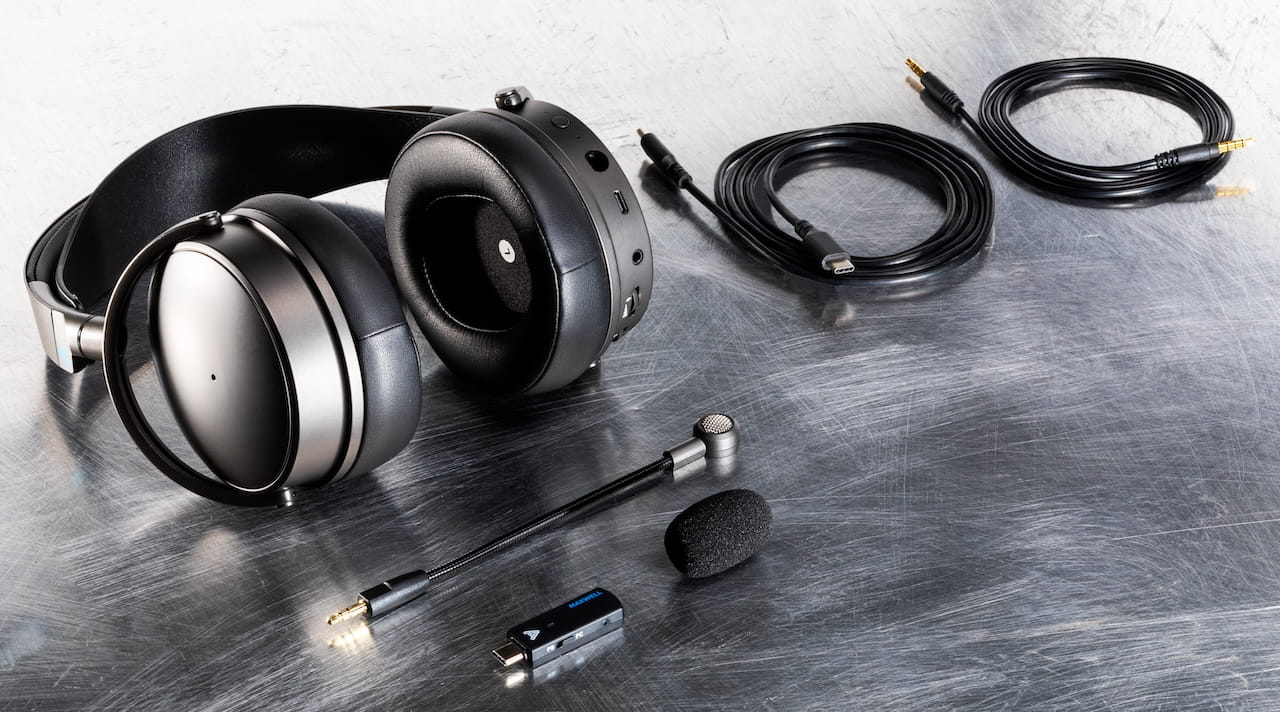
Final Thoughts
The Maxwell is the hottest selling gaming headphone on the market today and for good reason. It’s basically an audiophile wireless headphone that has been tweaked with a handful of features to make it more useful when gaming.
None of those features interfere with music listening, movie watching, podcasting, or using the Maxwell as an office headset. In short, it is best $300 wireless headphone on the market in terms of versatility and sound quality which explains why it is sold out everywhere (particularly the Xbox version with its Dolby Atmos support).
Some headphones are great for listening, whilst others are great for traveling with above average sound quality. The Audeze Maxwell is good at everything and exceptional for those who want an affordable gaming headset that delivers much better sound quality with music than anything else in the gaming category. Having used these on the road for meetings whilst in the airport or hotel lobby, there is no question that offer greater versatility than many headphones on the market.
An easy recommendation and certainly our “Editor’s Choice” for affordable headphones in 2023.
Sony and Audeze’s relationship is on very solid ground.
Where to buy: $299 at Audeze for PlayStation version | $329 for Xbox version

Related: Get the scoop on all the Audeze headphones we’ve reviewed and find out more details about the company from our tour of Audeze’s headquarters earlier this past summer.

